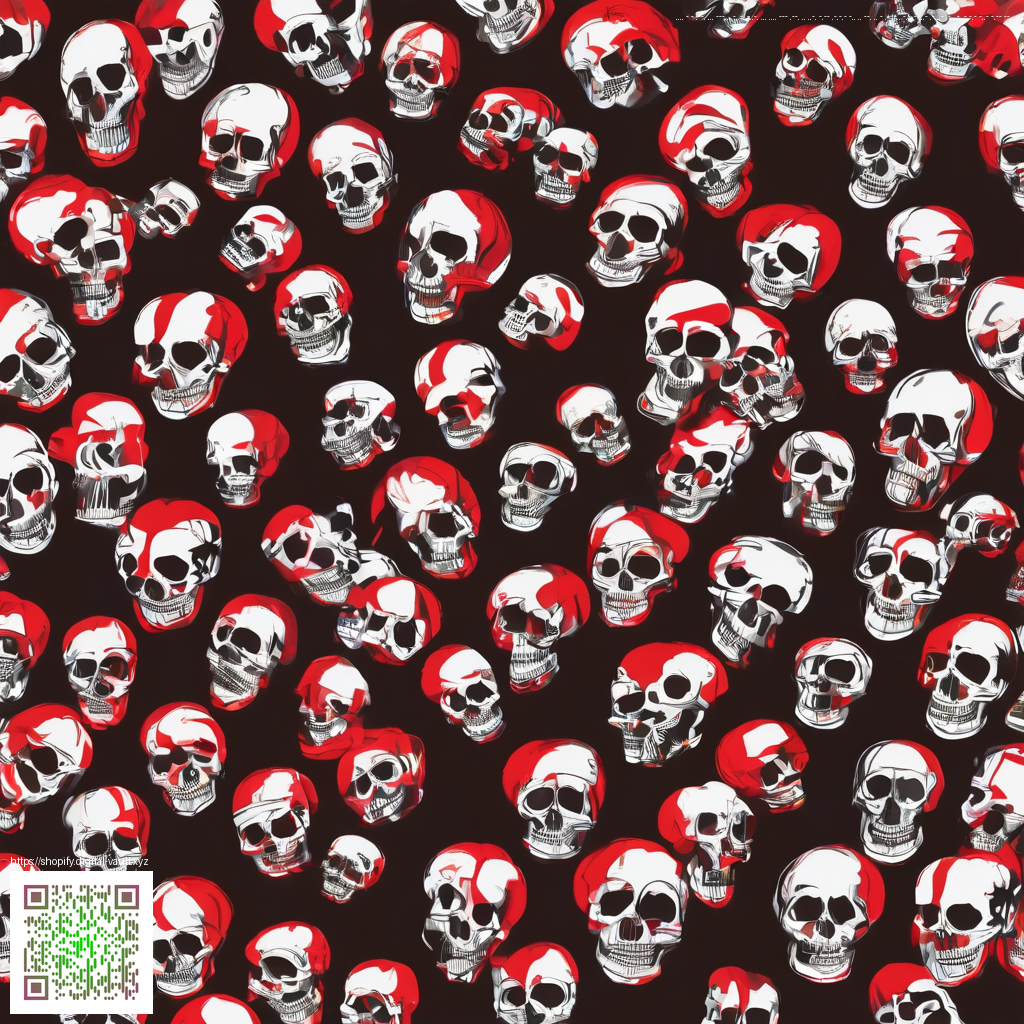
Sandstone Mastery for Multiplayer Builds
In shared Minecraft realms sandstone brings a warm desert vibe that reads clearly on wide plains and busy spawn areas. Its subtle color helps large districts feel cohesive while still allowing players to add bold accents. This guide dives into practical ways to use sandstone for team projects, from core patterns to advanced tactics that keep collaboration smooth and exciting.
Block basics that matter on servers
Sandstone has a gentle hardness that makes mining with a reliable pickaxe quick and predictable. It is not transparent so it blocks light and helps shape shadows in big builds. When you break a sandstone block you typically get a sandstone drop, which keeps resource gathering straightforward. The block stacks up to 64, making it easy to stock large quantities for ambitious plans. These traits make sandstone a dependable choice for walls, floors and decorative features on multiplayer maps.
Texture and variants you should know
Texture variety helps prevent monotony across a whole city. Use smooth sandstone for sleek surfaces that feel modern, cut sandstone for chunky geometric detailing and chiseled sandstone for ornate accents. Pair these with sandstone stairs and slabs to craft arches, railings and curved walkways. Combining variants lets you create depth in colonnades, plazas and temple fronts while keeping a unified color scheme.
Layout ideas for team builds
Plan in modules so different players can contribute without stepping on each other s toes. Start with a base wall in standard sandstone and layer in trim using smooth sandstone for a polished edge. Use cut sandstone for columns and decorative corners to give a sense of weight. Desert city projects benefit from pairing sandstone with complementary blocks such as terracotta or stone bricks to create contrast and texture. For large scale guild halls or marketplaces, repeat a few reliable patterns and vary spacing to avoid visual fatigue.
Practical building tips for large scale projects
Aim for repeating, readable patterns that stay interesting over long distances. Alternate bands of sandstone with a cooler accent color to guide the eye. In plazas and temples, structure can follow a grid plan and fill areas with sandstone modules that feel connected yet varied. If your server supports tools like WorldEdit or VoxelSniper, you can prototype layouts quickly while keeping the final build coherent. Remember that lighting matters even with sandstone blocks so plan light sources nearby to keep interiors welcoming.
Multiplayer server considerations
On busy servers simple, solid walls are preferable to overly dense textures that tax chunk loading. Clear modular designs help players navigate towns without confusion. Encourage teammates to leave notes on schematics so future edits stay consistent. Regular backups protect a shared project from accidental changes and keep collaboration stress free.
Creative and community culture
Sandstone suits a variety of vibes from ancient desert temples to modern desert skylines. Community builders share a lot of tips on forums and server wikis and you will often see signature uses that inspire others. The warm tones of sandstone create inviting night scenes when paired with glow lighting and soft block transitions. Collaboration turns a simple building block into a shared story of teamwork and imagination. 🧱💎🌲
To support ongoing Minecraft projects that celebrate cooperation and curiosity, consider lending a helping hand to the broader community. Your contribution helps keep modding culture vibrant and opens doors for new builders to learn and grow together.
Support Our Minecraft Projects